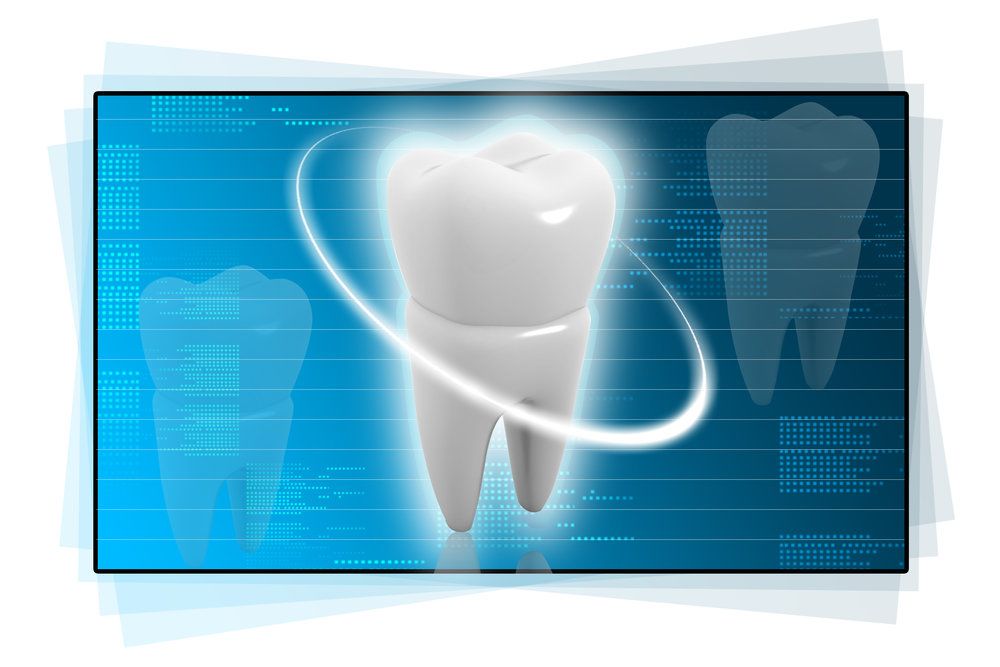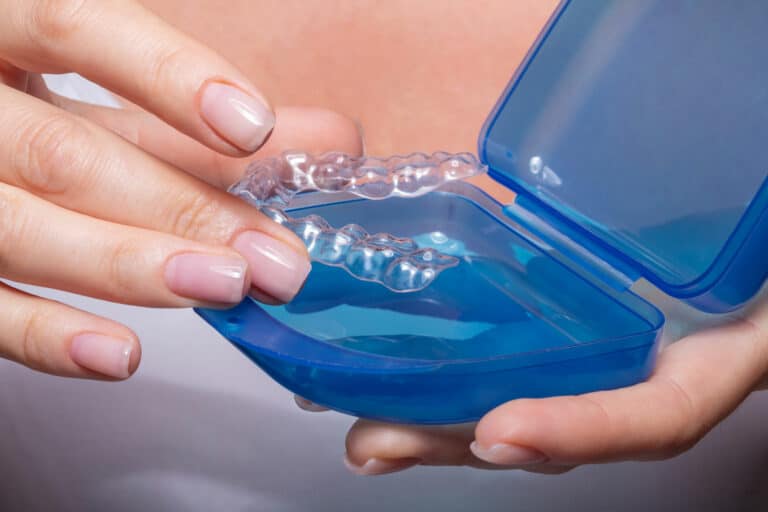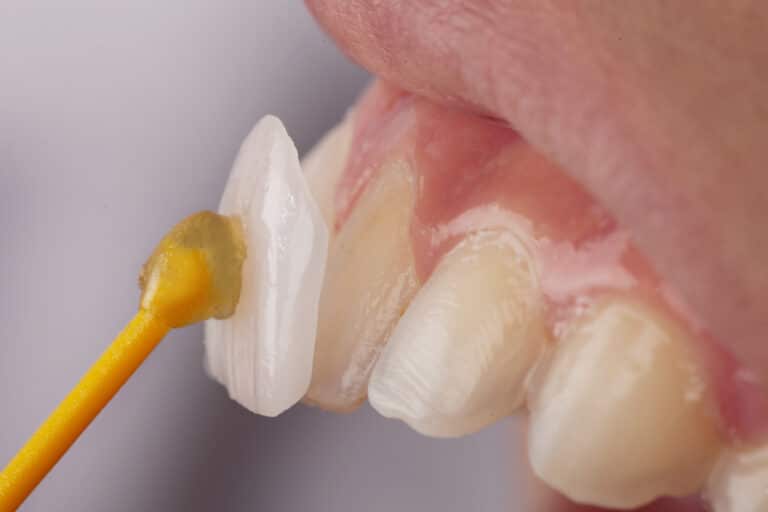Cavities. From the time we were in kindergarten, we’ve been hearing about them, the most fundamental of oral health problems, yet many of us know simply that they’re bad and not much else. At Astoria Dental Group, the general dentistry practice of renowned dentists Clifford Degel and Carmen Every-Degel, we consistently encounter patients who have cavities, but have no idea how those cavities formed.
While it is okay to come into our practice not knowing how cavities form, it is our duty to ensure that patients leave with a proper understanding of their dental problems so that they can avoid recurrences going forward. This is why we respond to the question, “How do cavities form?” at our Queens practice with a thorough, comprehensible answer. We want our patients to know exactly how to maintain excellent oral health between visits to Astoria Dental Group and do whatever they can to prevent cavities from forming. Although cavities are relatively easy to treat when caught in their earliest stages, it is far preferable to keep teeth structurally intact. A tooth that has maintained its structural integrity is far less likely to suffer from such problems as root canal infections, chipping and cracking, and other forms of damage down the road.
What causes cavities to form?
Let’s start with a perfectly healthy tooth. This tooth comprises multiple layers, the outermost being a protective layer called enamel. This enamel is extremely strong and resilient; however, it does not regenerate. Therefore, while it can last for decades or even a lifetime if a person practices excellent oral hygiene and visits the dentist twice a year for professional cleanings and exams, it cannot regrow once it begins to erode.
And, as strong as it is, enamel can begin to erode over time. The mouth is naturally filled with bacteria, many of which serve simply to attack the enamel. Brushing, flossing, and regular visits to the dentist can help to prevent these bacteria from doing any serious damage to the enamel – assuming that we do all of these things properly and regularly.
However, many of us do not. Plus, we introduce sugars and acids into our mouths via the foods and drinks we consume. Some worsen matters by smoking and indulging in other unhealthy habits. As a result, any shortcomings in our oral hygiene regimens will allow the bacteria that collect on our teeth and gums -and hide in places we can’t reach with toothbrushes and floss anyway – to turn into plaque. Eventually, this plaque will harden into tartar. These substances are extremely damaging to the enamel of your teeth and – once the enamel has been worn down – to the underlying layers of the teeth.
This, ultimately, is how cavities are formed. As the once healthy tooth in our example loses its protective layer, its underlying layers become vulnerable to the destructive forces that have built up in the mouth. These layers are nowhere near as strong or as resilient as the enamel. As a result, the bacteria can eat away at them much more easily, creating holes and crevices that we refer to clinically as “caries” and more casually as cavities.
Again, cavities caught in their earliest stages are relatively easy to treat. One of our esteemed dentists will:
- Remove the damaged portion of the tooth
- If the damage is not too extensive, replace the missing tooth structure with a tooth-colored filling or ceramic inlay or onlay
- If the damage is too extensive to support a filling, inlay, or onlay, cover the entire visible surface area of the tooth with a dental crown
Learn More about How Cavities Form
To learn more about how cavities form, please contact Astoria Dental Group today.




